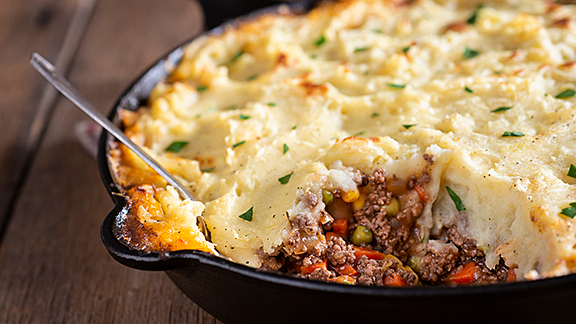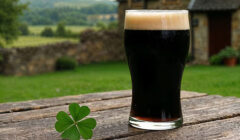The Luck of the Irish
March is upon us and with it comes St. Patrick’s Day. A lovely little day to celebrate your Irish heritage, or simply pretend that you are. What better way to honor the culture of Ireland and observe the holiday than to raise a pint of a traditional Irish brew? Read on, ye beer-loving lads and lassies!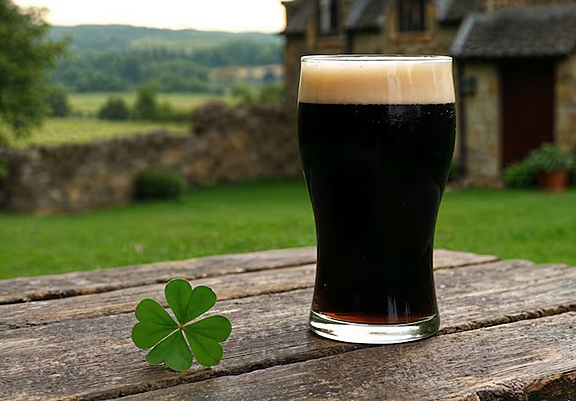
There is archeological evidence to show that inhabitants of the land that is now Ireland were brewing a type of beer that dates all the way back to the Bronze Age (3300 BC – 1200 BC)! This alcoholic beverage was known as Gruit and was brewed with a host of grains including wheat, oats, and barley, and included other additions of heather, bog myrtle, and meadowsweet to impart different herbaceous flavors. Mead, made with fermented honey, was brewed during this time period as well. Hops did not exist in this part of the world for centuries, and it was not until the 17th century that they were introduced and incorporated into Irish brewing practices. Like much of the rest of mainland Europe, monasteries during the Middle Ages played a big role in cultivating modern brewing techniques and producing quality beer. It was not until the Industrial Revolution (1801-1922) where breweries were able to make great strides in consistency, quality, and quantity of product through development of equipment, refrigeration, and other advances in technology.
 The most iconic of all Irish beers is the Dry Irish Stout. Originating in Dublin, Ireland, this black-hued brew evolved from the London Porter. Brewer Arthur Guinness, who had been brewing since the late 1700s, began to experiment with malt-roasting techniques via Daniel Wheeler’s invention of the malt kiln in 1817 and thus “black patent malt” was born. Utilizing this deeply roasted malted barley, the beer produced bore a distinct roasted flavor with coffee notes, a very dry profile and little to no sweetness or hoppiness. This bitter, dark beer would still be relatively light-bodied and contain a low alcohol percentage between 4-5%. The beer is also carbonated with a mixture of 75% nitrogen and 25% carbon dioxide, which gives the beer creamy head and silky-smooth mouthfeel. Use a specially invented Guinness gravity glass for the perfect pour. Today, Guinness, brews the most stout of anywhere in the world, and in the US, there are several different versions for purchase. Guinness Extra Stout, Guinness Draught Stout, Guinness Fonio Stout – a limited-edition beer brewed in collaboration with Brooklyn Brewery, and even the Guinness 0, a non-alcoholic stout.
The most iconic of all Irish beers is the Dry Irish Stout. Originating in Dublin, Ireland, this black-hued brew evolved from the London Porter. Brewer Arthur Guinness, who had been brewing since the late 1700s, began to experiment with malt-roasting techniques via Daniel Wheeler’s invention of the malt kiln in 1817 and thus “black patent malt” was born. Utilizing this deeply roasted malted barley, the beer produced bore a distinct roasted flavor with coffee notes, a very dry profile and little to no sweetness or hoppiness. This bitter, dark beer would still be relatively light-bodied and contain a low alcohol percentage between 4-5%. The beer is also carbonated with a mixture of 75% nitrogen and 25% carbon dioxide, which gives the beer creamy head and silky-smooth mouthfeel. Use a specially invented Guinness gravity glass for the perfect pour. Today, Guinness, brews the most stout of anywhere in the world, and in the US, there are several different versions for purchase. Guinness Extra Stout, Guinness Draught Stout, Guinness Fonio Stout – a limited-edition beer brewed in collaboration with Brooklyn Brewery, and even the Guinness 0, a non-alcoholic stout.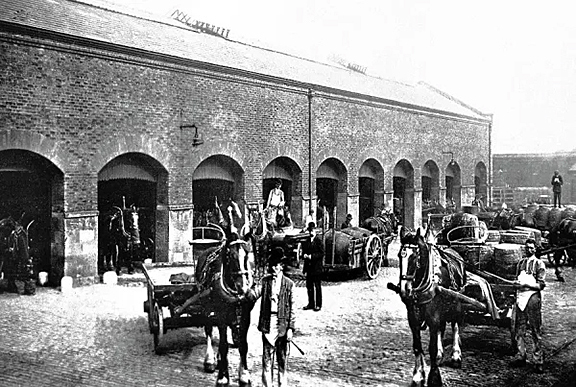
Next up is the Irish Red Ale. Sometimes simply referred to as Irish Ale, this beer’s origins are murky at best, but there are records that notate this type of beer was likely brewed in the city of Kilkenny at St. Francis Abbey since the 14th century. Brewed with roasted barley and crystal malt, which gives the brew its notorious reddish-copper to amber color, the beer is medium-bodied and malt-forward with a low bitterness and dry finish. It may contain a range of flavors from caramel and toffee to toasty and biscuit notes with both a subtle sweetness and hoppiness throughout. Utilize a nonic pint glass for the best pour. Popular Irish Red Ale brands include Smithwick’s Red Ale, Sullivan’s Maltings Irish Ale, and O’Hara’s Irish Red. While your traditional Irish brewers are going to give you pure authenticity, closer to home Great Lakes Brewing Company out of Cleveland, OH, has concocted a great seasonal Irish Red Ale of their own that comes highly recommended: Conway’s Irish Ale pours a delightful reddish-amber color and is light-bodied, with toasty caramel-biscuity flavors that give only a hint of sweetness and is quite crushable.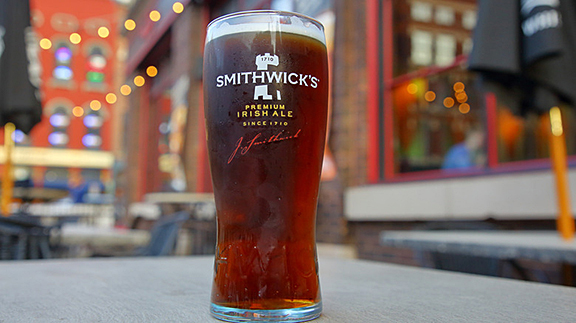
If you are looking to grab a bite with your pint this St. Patrick’s Day, then there are several food options that pair quite nicely.
Perhaps surprisingly, there are dishes aplenty to accompany a Dry Irish Stout; any and all types of shellfish including briny oysters, fish and chips, pork in all forms from bacon to tenderloin (even better if it is roasted or smoked), all forms of richer meats such as short ribs, juicy beef burgers, steak, and hearty stews. Aside from full meals, Irish soda bread, and cheeses of aged cheddars and gouda are complementary, and for dessert – fruit pies, vanilla ice cream, and chocolate favorites such as mousse or tiramisu.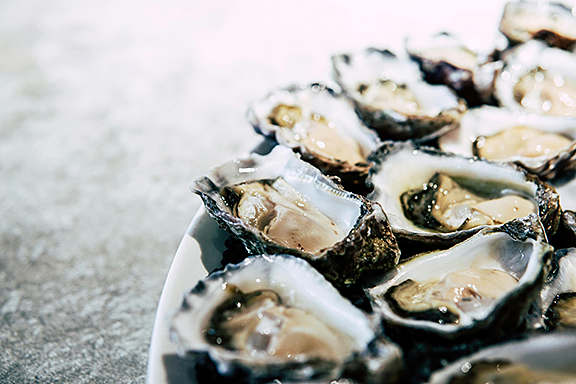
Irish Red Ales will honestly go with just about everything. Chicken, barbecue, seafood, burgers, pizza, wings, grilled steaks – the whole smorgasbord – play nicely together, with neither the beer nor the foods outplaying each other. For a different take, pairing ethnic Thai, Chinese or Indian foods with the ale helps to even out any spicy elements. Irish classics such as bangers and mash and shepherd’s pie also pair favorably with an Irish Red Ale, and tangy cheeses such as Roquefort or goat cheese as part of a charcuterie platter and desserts containing nuts like pecans and/or caramel are additional excellent choices.
And of course, the staple of the holiday: corned beef and cabbage, will pair with either beer fantastically as well! Sláinte!
